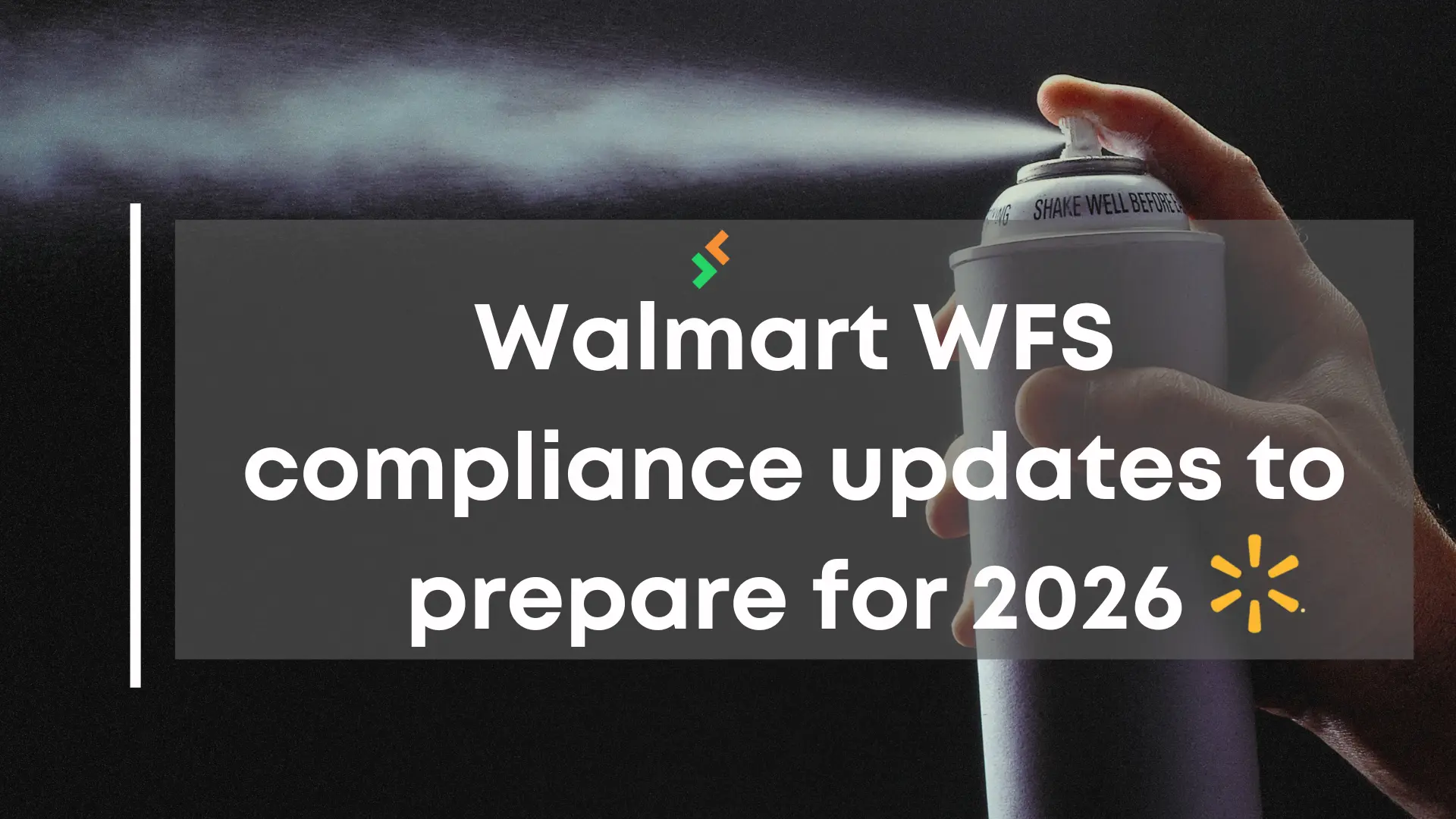
In eCommerce–marketing and inventory management are often treated as separate functions—marketing generates demand, while inventory management ensures supply. However, true efficiency emerges when these two areas are strategically aligned. A disconnect between them can lead to stockouts, excess inventory, and wasted marketing budgets. By integrating marketing efforts with inventory strategies, businesses can maximize sales, reduce costs, and enhance customer satisfaction.
As competition in eCommerce intensifies, brands must go beyond traditional marketing tactics and inventory tracking. The key to sustainable growth lies in data-driven decision-making, real-time integration, and predictive analytics. Let’s explore how aligning these functions can transform your eCommerce operations.
Table of Contents
How Marketing and Inventory Management Work Together

Optimizing Promotions for Stock Availability
Marketing campaigns drive traffic and sales, but without proper inventory planning, they can result in disappointed customers and lost revenue. Running promotions without checking stock levels can lead to overselling, backorders, and negative customer experiences.
To prevent this, businesses must:
- Align campaigns with inventory availability to avoid stockouts.
- Use inventory alerts to pause promotions when stock is low.
- Adjust marketing strategies based on current and projected stock levels.
When marketing and inventory teams collaborate, businesses can ensure that highly promoted products are available, preventing unnecessary refunds and enhancing customer trust.
Data-Driven Forecasting for Smarter Inventory Planning
Marketing teams have insights into seasonal trends, upcoming demand spikes, and emerging consumer preferences. Sharing this data with inventory managers helps refine demand forecasting, ensuring that popular products remain well-stocked while slow-moving items don’t clog warehouse space.
For example, analyzing past sales patterns and customer behavior can help businesses prepare for peak shopping seasons. If a certain product is trending, inventory levels can be adjusted in advance to meet demand without overstocking. This approach reduces holding costs while maximizing revenue potential.
Strategies for Alignment
Real-Time Data Integration for Better Decision-Making
Integrating real-time inventory data with marketing systems is crucial for ensuring smooth operations. When marketing teams have access to stock levels, they can adjust promotions accordingly and avoid pushing products that are running low.
This approach is particularly beneficial for multichannel eCommerce sellers managing inventory across platforms like Shopify, Amazon, and Walmart. Businesses that sell on multiple channels need seamless integration to prevent overselling or discrepancies between platforms. Learn how to master multichannel eCommerce here.
Collaborative Planning Between Marketing and Inventory Teams

Regular meetings between marketing and inventory teams can significantly improve alignment. By discussing planned promotions, upcoming campaigns, and inventory constraints, businesses can proactively address potential issues before they arise.
Key benefits of collaborative planning include:
- Better stock management for promotional events.
- Faster response times to unexpected demand surges.
- Reduced risk of overstocking on less popular items.
This proactive approach ensures that all departments work towards the same goal—maximizing sales while maintaining operational efficiency.
Predictive Analytics for Smarter Inventory and Marketing Decisions
Leveraging AI and predictive analytics can revolutionize how businesses manage inventory and execute marketing campaigns. These tools analyze historical sales data, customer behavior, and market trends to predict future demand.
For instance, AI-driven inventory systems can:
- Identify patterns in customer purchasing habits.
- Suggest optimal stock levels based on anticipated demand.
- Automate reorder processes to prevent stockouts.
Discover how technology is reshaping inventory management and helping businesses make data-driven decisions that support both marketing and logistics.
The Role of Technology in Marketing and Inventory Management
Technology acts as a bridge between marketing and inventory teams, ensuring seamless communication and data-sharing. Businesses that adopt Inventory Management Systems (IMS), Customer Relationship Management (CRM) platforms, and AI-driven analytics can automate processes and gain real-time insights into their operations.
Key Benefits of Tech Integration:
✅ Automated stock updates across all sales channels.
✅ Faster response times to changing demand.
✅ Improved customer experience with accurate product availability.
By leveraging automation, businesses can eliminate manual errors and focus on scaling their operations effectively.
Final Thoughts
The synergy between marketing and inventory management is critical for eCommerce success. Businesses that align these functions benefit from improved forecasting, reduced costs, and higher customer satisfaction. Whether it’s optimizing promotions, integrating real-time data, or using predictive analytics, the key to efficiency lies in collaboration and technology adoption.
At CrazyVendor, we help eCommerce sellers streamline their operations by providing advanced tools that bridge the gap between marketing and inventory management. Ready to optimize your strategy?
Let’s take your business to the next level!
You can also follow us on social media for more eCommerce insights and updates!










